Due to cold weather in May, he was born a week later than his brother in 2023
The peregrine falcons living in the Moscow State University high-rise gave birth a week later this year. next to the Museum of Geography. This happened due to the May cold snap, ornithologists believe. There are two more eggs waiting in the clutch under the spire.
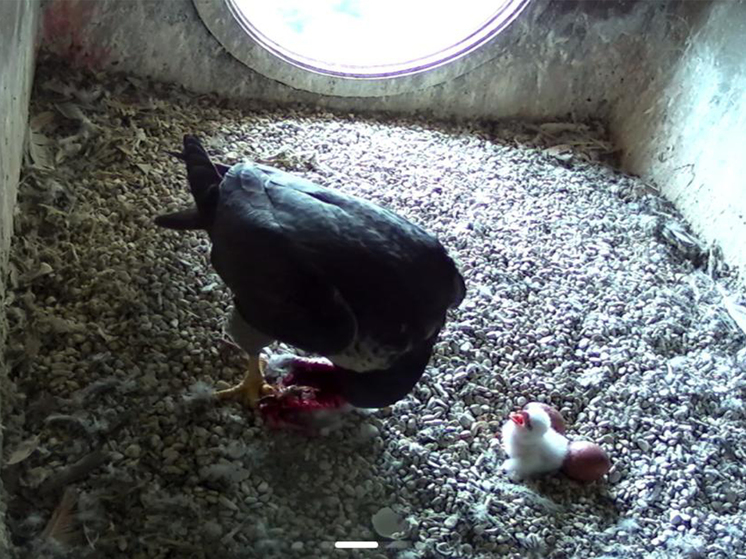 Feeding the firstborn. Photo: Moscow State University
Feeding the firstborn. Photo: Moscow State University
Birds of prey in the main building of Moscow State University, where the geological, mechanical and mathematical, and geographical faculties are located, as well as the administration, the scientific library, the Museum of Geography and the Palace of Culture, began to be noticed in 2005.
A pair of current peregrine falcons, who “built” a permanent nest under the spire of a high-rise building, were spotted three years ago. Biologists observing them (they even installed round-the-clock video surveillance in their improvised nest) suggest that these are the same birds that were once born in the Foreign Ministry’s high-rise building, and then moved to the university, away from their parents. However, no one has yet checked the family ties of the capital's peregrine falcons.
Scientists have found that up to 80 percent of the diet of the “university” falcons consists of sisar pigeons, although in general the list of their prey may include representatives of 15 different species of birds. At one time, peregrine falcons competed with crows, which also took a fancy to the main building of Moscow State University, but in 2023 they disappeared somewhere, and falcons became full-fledged masters of the space under the spire.
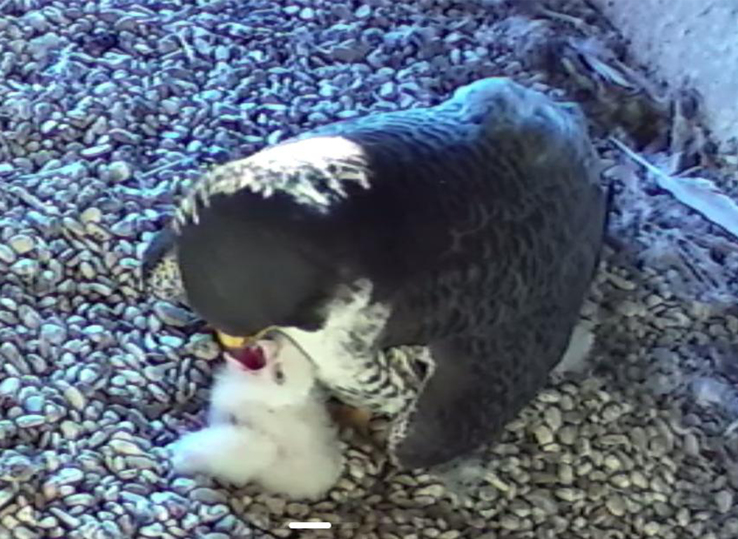 Feeding the firstborn. Photo: Moscow State University
Feeding the firstborn. Photo: Moscow State University
As reported by the press service of Moscow State University. Lomonosov, the first chick was born last year on May 17, and this year only on May 30. This is associated with a period of cold weather that struck in the middle of the last spring month. Now biologists expect the hatching of two more of its brothers any day now.
The peregrine falcon is a Red Book bird that was not in Moscow in the 1970s. In 1996, Moscow State University, together with the Russian Falcon Center “VNII Ecology”, launched a project to restore the capital’s population. Chicks bred in the nursery were released into the wild from the university high-rise building, so that they would later settle here.




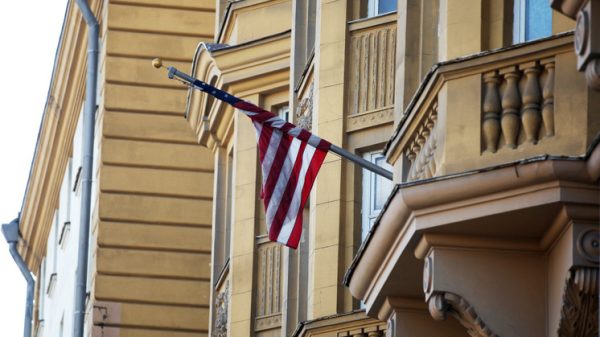


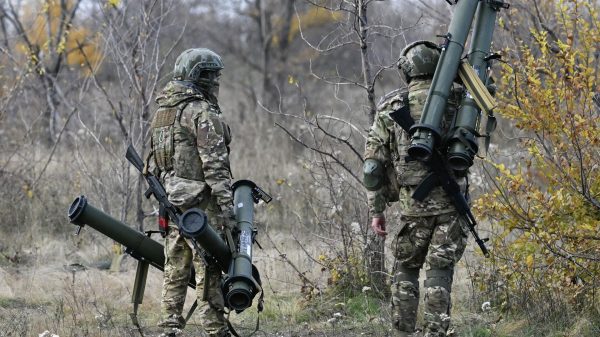
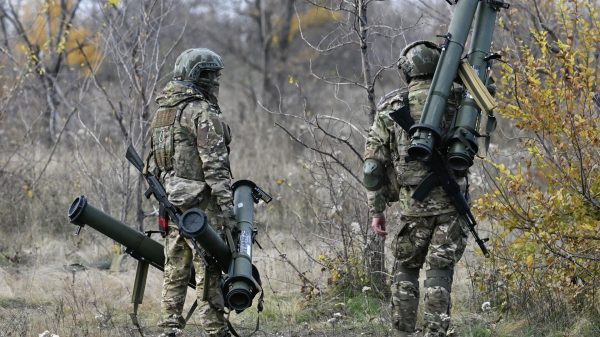

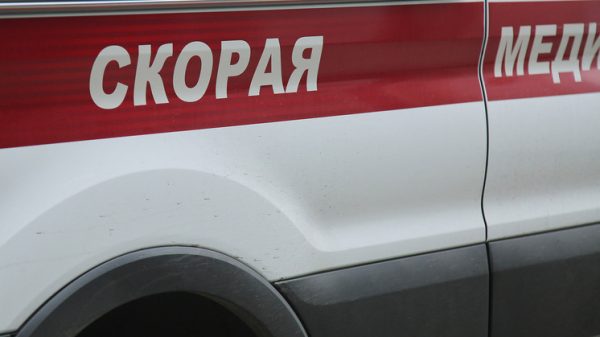
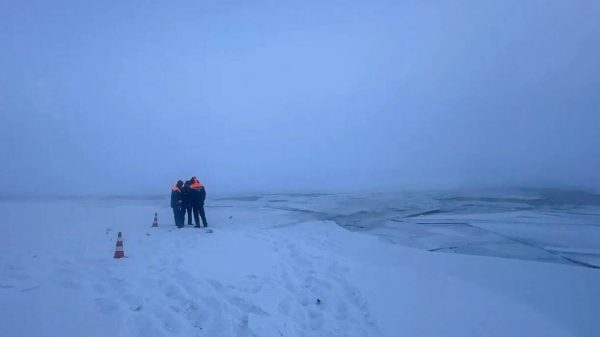






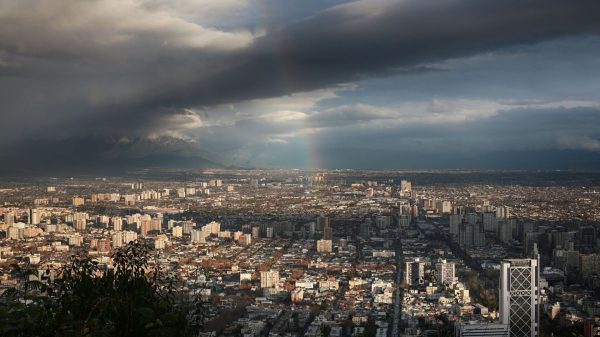
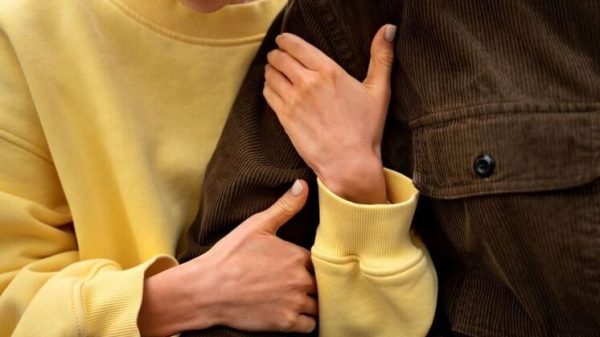
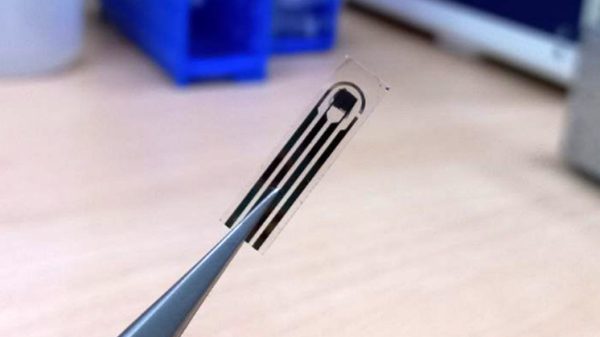











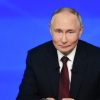
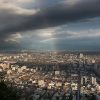
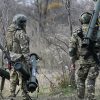
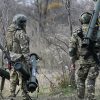
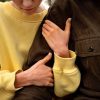
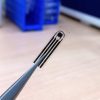

















Свежие комментарии